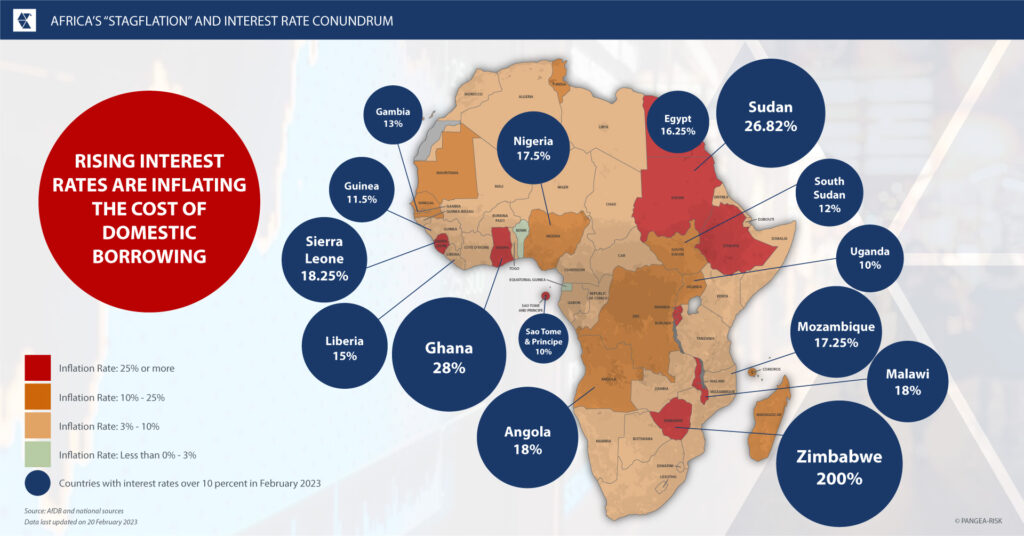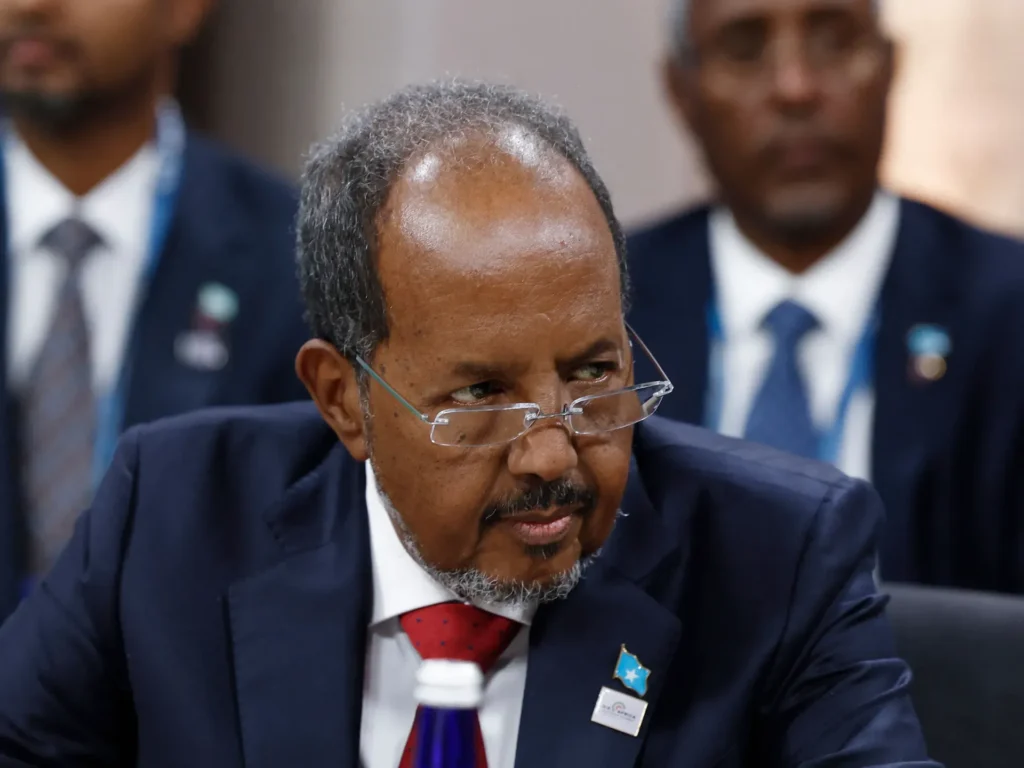In Summary
- In 2025, African countries are expected to see a 13% decrease in external debt service payments, dropping to $88.71 billion.
- The average public debt-to-GDP ratio for Africa is projected to decrease to 64.3%. While this indicates some easing of the debt burden, achieving fiscal sustainability remains challenging.
- Approximately 20 low-income countries in Africa are either in or at risk of debt distress.
Deep Dive!!
In 2025, several African nations have taken significant steps toward restructuring their sovereign debts to enhance economic stability and foster growth. Although significant debt issues persist in the continent, Africa is expected to see a decrease in its debt payments by the end of the year.
The African Union (AU) has declared 2025 as the Year of Reparations, highlighting the need for fair debt resolution and responsible lending. While some countries like Ghana and Ethiopia are still grappling with restructuring.
A report by AFREXIMBANK suggests a 13% drop in external debt service payments compared to 2024. According to the report, African countries are projected to pay $88.71 billion in external debt service in 2025, a 13% decrease from $102.59 billion in 2024.
Countries like Ghana, Ethiopia, and Zambia are still working on finalizing debt restructuring agreements, while other African leaders are calling for debt relief and reforms to the global financial architecture, highlighting the impact of the climate crisis on vulnerable countries. This article highlights the top 10 countries leading these efforts, detailing their strategies and the outcomes of their debt restructuring initiatives.

Here are the Top 10 Countries Leading the Charge in Debt Restructuring in Africa 2025. Check them out!
10. Angola: The southern African nation is undertaking measures to restructure its debt, including negotiations with international creditors and implementing economic reforms. These efforts aim to reduce the debt burden and create a more favorable environment for economic growth.
9. Kenya: The eastern African country has been actively seeking debt restructuring options to address its substantial obligations to the IMF. The country is focusing on economic reforms and fiscal discipline to improve its debt sustainability and economic outlook.
8. Egypt: The northern African leaders, holding the highest outstanding credit from the IMF among African nations, have been restructuring their debt to better manage their financial obligations. The government is implementing economic reforms aimed at reducing debt levels and promoting sustainable growth.
7. Chad: The landlocked country has engaged in debt restructuring discussions with its creditors to address its financial challenges. The country aims to implement reforms that will lead to debt relief and support economic stability.
6. Ghana: The western African country has initiated comprehensive debt restructuring strategies to manage its rising debt levels. The government is focusing on fiscal consolidation and economic reforms to create a more sustainable debt profile and attract investment.
5. Zambia: The landlocked southern African nation has been proactive in addressing its debt crisis by engaging with international creditors to restructure its external obligations. The country has implemented measures to enhance fiscal discipline and transparency, aiming to restore debt sustainability and foster economic recovery.
4. Gabon: Facing economic challenges, Gabon has engaged in debt restructuring efforts, including attempts to stabilize finances through debt buybacks and new loans. The nation, burdened with $3 billion in international bonds, saw GDP growth slow to 2.4% in 2023. Gabon has negotiated with entities like Cargill Financial Services and Afreximbank to address liquidity shortages, aiming to restore financial stability and investor confidence.
3. Zimbabwe: In April 2025, Zimbabwe commenced compensating white farmers whose land was seized during the land reform program initiated over two decades ago. The government disbursed $3.1 million to 378 farms as part of a $3.5 billion compensation agreement. This move is part of Zimbabwe’s broader strategy to address historical injustices and improve relations with international lenders, aiming to resolve its $21 billion national debt and regain access to financial support from institutions like the IMF.
2. Ethiopia: Ethiopia reached a preliminary agreement with its Official Creditor Committee (OCC) in March 2025 to restructure $8.4 billion in debt. This agreement provides approximately $2.5 billion in debt service relief throughout its International Monetary Fund (IMF) program, which runs until 2028. The restructuring is a crucial step for Ethiopia to emerge from its sovereign default declared in December 2023.
1. Somalia: Somalia has made notable progress in debt restructuring by securing a $306.5 million agreement with the Arab Monetary Fund (AMF). Signed in April 2025, this deal aims to restructure Somalia’s debt to the AMF, reflecting growing international confidence in the nation’s economic reforms. This follows the cancellation of 99% of Somalia’s debt from Paris Club creditor nations in 2024, marking a significant milestone in its efforts to re-engage with global financial institutions.
https://www.africanexponent.com/top-10-countries-leading-the-charge-in-debt-restructuring-in-africa-2025/


